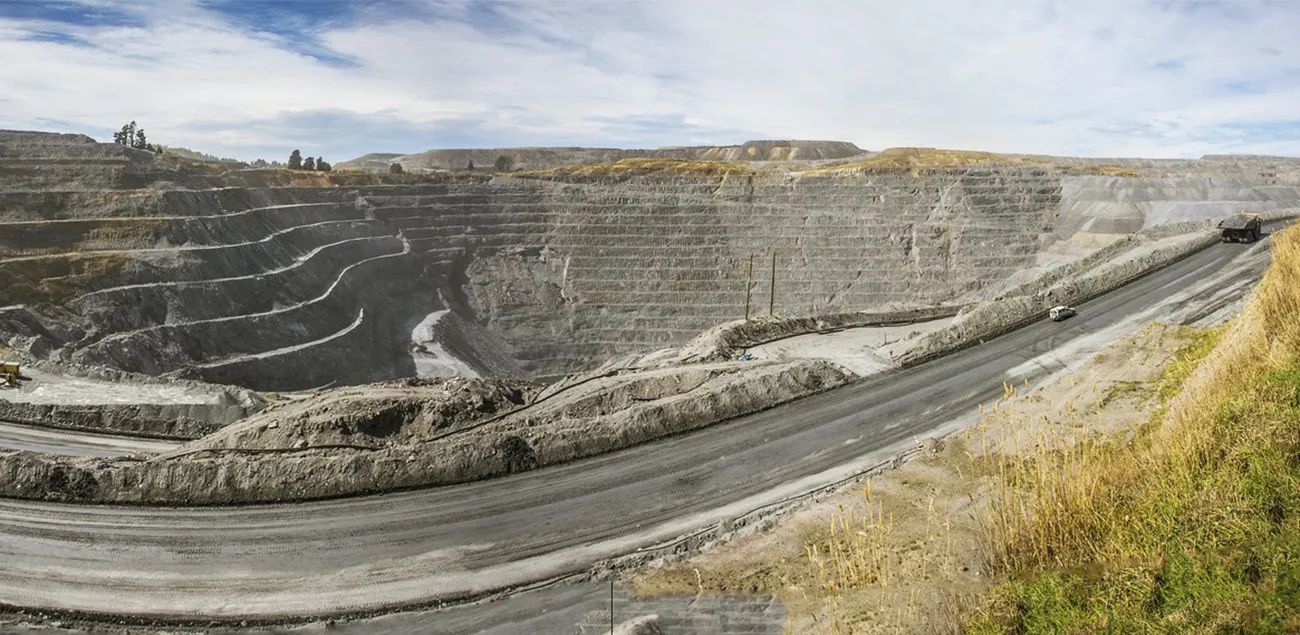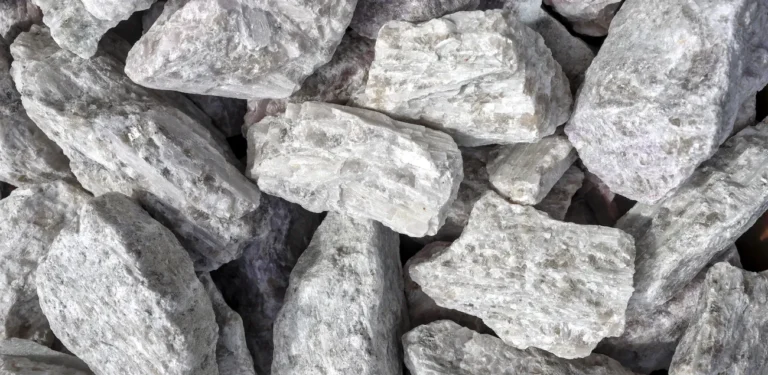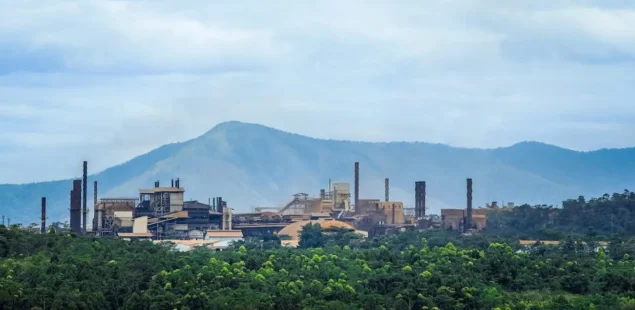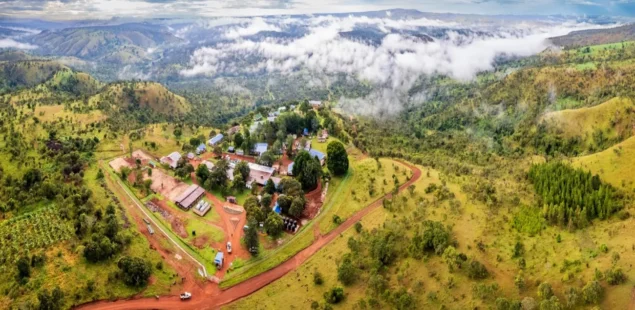
Critical Resources, Australian junior explorer, and New Zealand’s minerals regulator have cleared two binding deals that give the ASX-listed company the Cap Burn exploration permit and 90 % of four additional prospecting applications across Otago’s schist belt, positioning the Perth-based group less than 11 km along strike from OceanaGold’s ten-million-ounce Macraes mine and adjacent to Santana Minerals’ 2.3 Moz Rise-and-Shine discovery.
Deal terms and immediate work plan
Cap Burn (EP60300) is drill-ready and covered by a land-access agreement, allowing rigs to mobilise as soon as the transaction closes. Critical Resources will target foliation-parallel shears identified in 2021 drilling that intersected gold mineralisation coincident with a broad arsenic-in-soil anomaly. The four early-stage applications—Silver Peaks, Lammerlaw, Tokomairiro and Croesus—expand the land package to 1,463 km², giving the company running room to replicate the structurally controlled deposits that underpin both Macraes and Rise-and-Shine . Chief executive Tim Wither said the programme will “systematically drill-test Cap Burn while running low-cost reconnaissance” on the new ground using the same Otago-based geological team that helped grow Santana’s resource.
Regional geology and analogue deposits
Otago’s shear-hosted orogenic system has produced more than 12 Moz since the 19th century, yet modern exploration has concentrated on a handful of camps. Cap Burn lies on the Rise-and-Shine shear corridor that hosts both Macraes and Santana’s Bendigo-Ophir project. Historical surface mapping shows quartz-carbonate veins and sulphide pods within greenschist-facies schist—lithologies analogous to Macraes, where ore shoots plunge shallowly along the shear zone. The Silver Peaks block picks up the northern extension of the same structure, while Lammerlaw captures splays off the Hyde-Macraes fault. Together the permits create an exploration pipeline spanning greenfields to brownfields targets with ready infrastructure: sealed roads, grid power and an experienced mining workforce.
Regulatory tailwind and investment climate
New Zealand’s Fast-Track Approvals Act, in force since April, condenses multiple consents into a single ministerial decision, trimming permitting timelines that previously stretched beyond two years . The country climbed to twelfth spot on the Fraser Institute’s 2025 Investment Attractiveness Index, up from 43rd two years earlier, reflecting improved policy perception and a stated aim to double mineral exports by 2035 . That backdrop, coupled with a stable rule of law and supportive local councils eager for post-tourism jobs, has lured a new wave of Australian juniors into Otago and the historic Reefton goldfield on the South Island’s west coast.
Market impact and commodity focus
Critical Resources’ portfolio dovetails gold with antimony—an EU- and US-listed critical mineral used in micro-electronics and defence alloys—mirroring the company’s Hillgrove-style targets in New South Wales. By adding drill-ready gold ounces in a jurisdiction where antimony often co-occurs with precious metals, the group sharpens its appeal to offtakers seeking diversified supply chains. The acquisition cost is undisclosed but described as “low-holding” relative to typical Otago annual permit fees of NZ$10–15/ha (about US$6–9/ha at NZ$1 = US$0.59), keeping fixed overheads modest while exploration spend remains discretionary.
Company background and market context
Critical Resources listed in 2011 and pivoted into battery and critical metals in 2022. It raised A$1.1 million in March 2025 to fund drilling at its Halls Peak antimony-gold project in New South Wales and now adds an Otago foothold with a proven discovery team. Macraes, operated by OceanaGold since 1990, has produced more than 10 Moz and remains New Zealand’s largest active mine. Santana Minerals’ Rise-and-Shine shear zone resource—2.337 Moz at 2.1 g/t Au—demonstrates the scale potential along the corridor. The convergence of a fast-track permitting regime and new exploration capital suggests Otago could host the country’s next multi-million-ounce project pipeline.
Gold—still the world’s reserve asset of last resort—traded at about US$3,375/oz in early New York dealings on 7 August, hovering near record highs as investors price in a weaker dollar and slower US growth. Elevated bullion prices cushion junior explorers’ funding risk, while antimony supply remains tight after mine closures in China and Myanmar.



